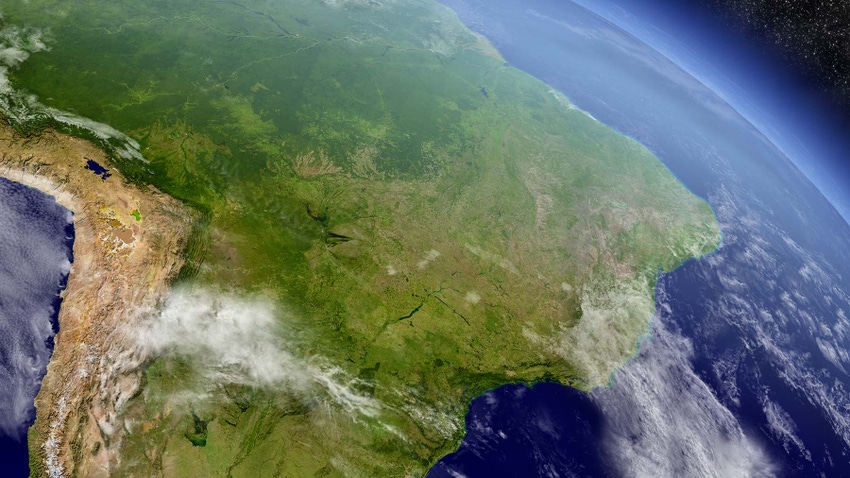
The corn market for the past 3 months has been pretty “blah,” but not so in the soybean market.
During that same 3-month timeframe January soybeans have posted a high of $14.20 on 8/28/23, a low of $12.70 ¼ on October 23 and have rallied as high as $13.98 ½ in the overnight trade on November 15. In that time we have seen daily ranges of 48 ½ cents, 35 ¾ cents and several other 20+ cent daily ranges.
Uncertainty is alive and well in the soybean and soybean products.
What’s behind volatility
We believe there are two leading factors: first the soymeal market. It’s on fire. The front-month December 23 soymeal contract continues to set contract highs amidst a tight U.S. domestic meal market.
Remember that last year Argentina suffered from extremely dry conditions, slashing its soybean production from an expected 51 MMT (million metric tons) in October 2022 (according to USDA’s WASDE) to an estimated 25 MMT reported in the most recent November WASDE report. Argentina is typically the world’s leading exporter of soymeal; however with the drought last year, those exports shifted to other markets like the U.S. and Brazil.
The second factor causing uncertainty in the soybean market is the current weather situation in South America. This year, Argentina is back to a more normal weather pattern and its soybean production is currently pegged to “typical” production levels (around 49 MMT). Brazil is a different story, following last years record crop. Acres in Brazil are forecasted to increase again, but too much rain in southern Brazil is now leading to replant decisions and some of those acres may not go back to soybeans (while areas of northern and central Brazil have been battling drier than normal conditions and as of late, extreme heat).
Is it enough to be bullish?
With all that information it is easy to be bullish soybeans, and rightfully so. The key is to keep a level head about price potential. Keep in mind a few things regarding the world soybean balance sheet. World production at this moment is expected to be slightly above 400 MMT, roughly 28 MMT higher than the 2022/23 crop year, a record high for soybean production.
All this increase in production is occurring as the demand for seed oils is booming. Demand is also expected to improve to 383.68 MMT in 23/24, nearly a 14 MMT increase from last year.
There are a lot of numbers there to crunch and at the end of the day it all comes down to the weather. But when does the weather “really” matter? The answer: all of the time! The impact that South America weather has on soybean prices will be more of a formula that gets computed over the course of the next 2 months, rather than a snapshot in time. When it comes to marketing your crop, an established floor with some flexibility is advised moving forward.
If you have questions, please don’t hesitate to call me directly at 701-987-6009 or anyone with the AgMarket.Net team at 844-4AG-MRKT.
The risk of loss in trading futures and/or options is substantial and each investor and/or trader must consider whether this is a suitable investment. AgMarket.Net is the Farm Division of John Stewart and Associates (JSA) based out of St Joe, MO and all futures and options trades are cleared through ADMIS in Chicago IL. This material has been prepared by an agent of JSA or a third party and is, or is in the nature of, a solicitation. By accepting this communication, you agree that you are an experienced user of the futures markets, capable of making independent trading decisions, and agree that you are not, and will not, rely solely on this communication in making trading decisions. Past performance, whether actual or indicated by simulated historical tests of strategies, is not indicative of future results. Trading information and advice is based on information taken from 3rd party sources that are believed to be reliable. We do not guarantee that such information is accurate or complete and it should not be relied upon as such. Trading advice reflects our good faith judgment at a specific time and is subject to change without notice. There is no guarantee that the advice we give will result in profitable trades. The services provided by JSA may not be available in all jurisdictions. It is possible that the country in which you are a resident prohibits us from opening and maintaining an account for you.
About the Author(s)
You May Also Like






